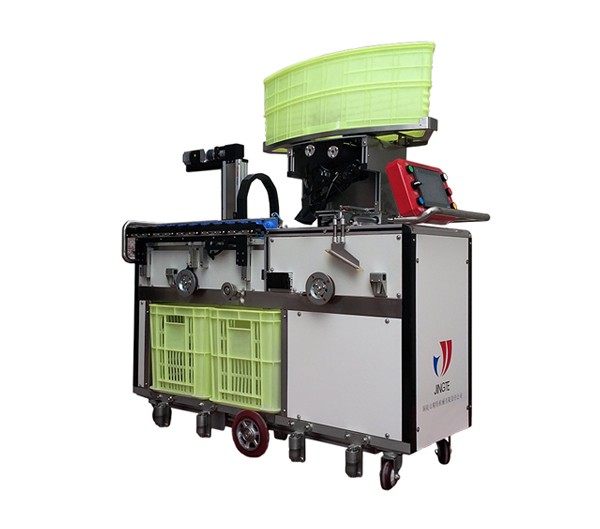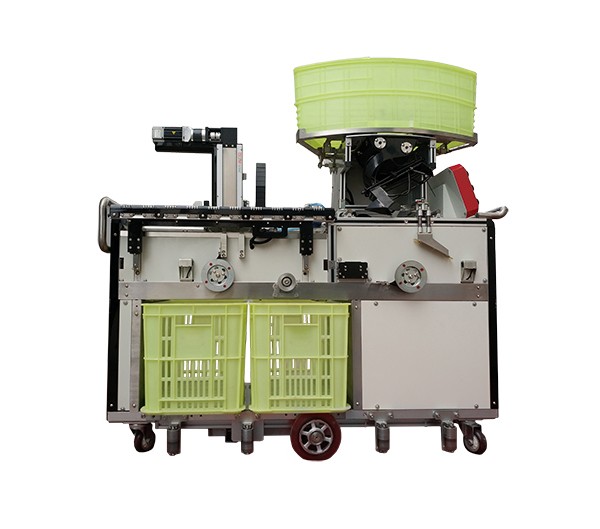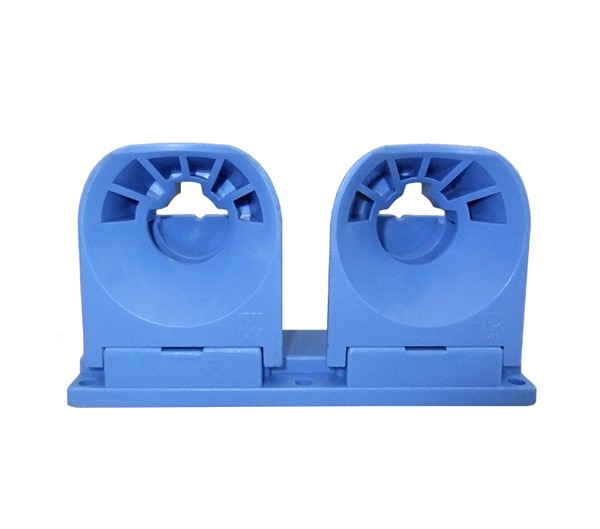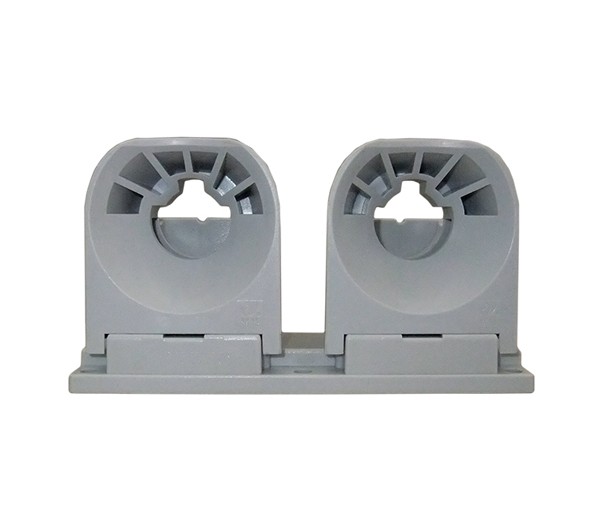Multiple Policy Dividends Good for Xinjiang Textile and Garment Industry
來源:未知 發(fā)布時間:2015/1/31 0:00:00
As an important event of the 4th China-Asia-Europe Expo, the 2014 China Clothing [0.00% Funds Research] Conference, sponsored by the Ministry of Industry and Information Technology, the China Textile Industry Federation and the People's Government of Xinjiang Uygur Autonomous Region, opened in Urumqi on the 4th. Huang Wei, the Standing Committee and Vice Chairman of the Party Committee of the autonomous region at the meeting, revealed that the central and autonomous regions will gradually introduce and refine a series of policies and measures to vigorously support the development of textile and clothing industry in Xinjiang.
Huang Wei said that the autonomous region will attract more mainland textile and apparel enterprises to enter Xinjiang by creating "policy depression" and "electricity price depression", and lead the development and growth of local textile and apparel enterprises in Xinjiang, so as to promote the development of Xinjiang textile and apparel industry and better solve the employment problem.
Liang Yong, deputy director of the Economic and Information Committee of the Autonomous Region, said that in July, the Autonomous Region promulgated 10 policies to support the development of the textile and apparel industry, including the establishment of a special fund for the development of the textile and apparel industry with a scale of about 20 billion yuan. As the main responsible department, after more than a month's detailed work, the ECC has decided to subsidize 50% of the income tax of Xinjiang textile and apparel enterprises; the electricity price has been lowered to 0.35 yuan/degree, which is about 50% cheaper than that of the mainland textile industry; the freight subsidy of cotton yarn from 700 yuan/ton in northern Xinjiang has been increased to 800 yuan/ton, and the freight subsidy of cotton yarn from 700 yuan/ton in southern Xinjiang has been raised to 1000 yuan/ton; Fabrics purchased from the Mainland are subsidized by 2% of the purchased amount for freight; new employees recruited by textile and apparel enterprises are trained by the government, and the training cost is changed from original supply training institutions to direct subsidies enterprises; at the same time, the social security enterprises of newly recruited Xinjiang employees are partly subsidized by the government.
As the leading textile and apparel enterprise in Xinjiang, Tianshan Textile [3.53% fund research] said that the above preferential policies are beneficial to the company, especially the electricity price policy. The company's original electricity price is 0.5 yuan/degree, but now it is down to 0.35 yuan/degree. At the same time, the cashmere and wool used by the company enjoy the same subsidies as cotton yarn.
Tianshan Textiles learned from the Garment Conference that the Autonomous Region Government is coordinating to speed up the opening of international freight trains, which will open to Germany in September and arrive in 10-12 days. The company's main market in Europe will consider changing from air transport to rail transport to reduce costs and increase efficiency. Wu Charter, chairman of the company, said that recently, the autonomous region issued the Outline of Employment Planning for Developing Textile and Garment Industry (2014-2023). It proposed that by 2023, the total output value of the textile and garment industry would reach 212.5 billion yuan. As an old enterprise focusing on Xinjiang wool textile industry for 34 years, Tianshan textile industry will seize the historic opportunity of national support for Xinjiang's vigorous development of textile and garment industry. Invite well-known international organizations to sort out the company's brand, integrate marketing channels, and gradually strip off subsidiary industries, so that the wool textile plate "light clothes on the battlefield", speed up the fast run.
It is understood that this is the first time that the China Garment Congress has been held in cities outside Beijing. The purpose of this "relocation" of Urumqi, a border city, is to lead the domestic textile and garment industry elite in exploring the frontier issues of the industry, to understand the preferential policies of the central government to support the development of Xinjiang's textile and garment industry, and to rely on Xinjiang to open Central Asia and even Europe under the background of creating the Silk Road Economic Belt. Continent market.
Huang Wei said that the autonomous region will attract more mainland textile and apparel enterprises to enter Xinjiang by creating "policy depression" and "electricity price depression", and lead the development and growth of local textile and apparel enterprises in Xinjiang, so as to promote the development of Xinjiang textile and apparel industry and better solve the employment problem.
Liang Yong, deputy director of the Economic and Information Committee of the Autonomous Region, said that in July, the Autonomous Region promulgated 10 policies to support the development of the textile and apparel industry, including the establishment of a special fund for the development of the textile and apparel industry with a scale of about 20 billion yuan. As the main responsible department, after more than a month's detailed work, the ECC has decided to subsidize 50% of the income tax of Xinjiang textile and apparel enterprises; the electricity price has been lowered to 0.35 yuan/degree, which is about 50% cheaper than that of the mainland textile industry; the freight subsidy of cotton yarn from 700 yuan/ton in northern Xinjiang has been increased to 800 yuan/ton, and the freight subsidy of cotton yarn from 700 yuan/ton in southern Xinjiang has been raised to 1000 yuan/ton; Fabrics purchased from the Mainland are subsidized by 2% of the purchased amount for freight; new employees recruited by textile and apparel enterprises are trained by the government, and the training cost is changed from original supply training institutions to direct subsidies enterprises; at the same time, the social security enterprises of newly recruited Xinjiang employees are partly subsidized by the government.
As the leading textile and apparel enterprise in Xinjiang, Tianshan Textile [3.53% fund research] said that the above preferential policies are beneficial to the company, especially the electricity price policy. The company's original electricity price is 0.5 yuan/degree, but now it is down to 0.35 yuan/degree. At the same time, the cashmere and wool used by the company enjoy the same subsidies as cotton yarn.
Tianshan Textiles learned from the Garment Conference that the Autonomous Region Government is coordinating to speed up the opening of international freight trains, which will open to Germany in September and arrive in 10-12 days. The company's main market in Europe will consider changing from air transport to rail transport to reduce costs and increase efficiency. Wu Charter, chairman of the company, said that recently, the autonomous region issued the Outline of Employment Planning for Developing Textile and Garment Industry (2014-2023). It proposed that by 2023, the total output value of the textile and garment industry would reach 212.5 billion yuan. As an old enterprise focusing on Xinjiang wool textile industry for 34 years, Tianshan textile industry will seize the historic opportunity of national support for Xinjiang's vigorous development of textile and garment industry. Invite well-known international organizations to sort out the company's brand, integrate marketing channels, and gradually strip off subsidiary industries, so that the wool textile plate "light clothes on the battlefield", speed up the fast run.
It is understood that this is the first time that the China Garment Congress has been held in cities outside Beijing. The purpose of this "relocation" of Urumqi, a border city, is to lead the domestic textile and garment industry elite in exploring the frontier issues of the industry, to understand the preferential policies of the central government to support the development of Xinjiang's textile and garment industry, and to rely on Xinjiang to open Central Asia and even Europe under the background of creating the Silk Road Economic Belt. Continent market.




